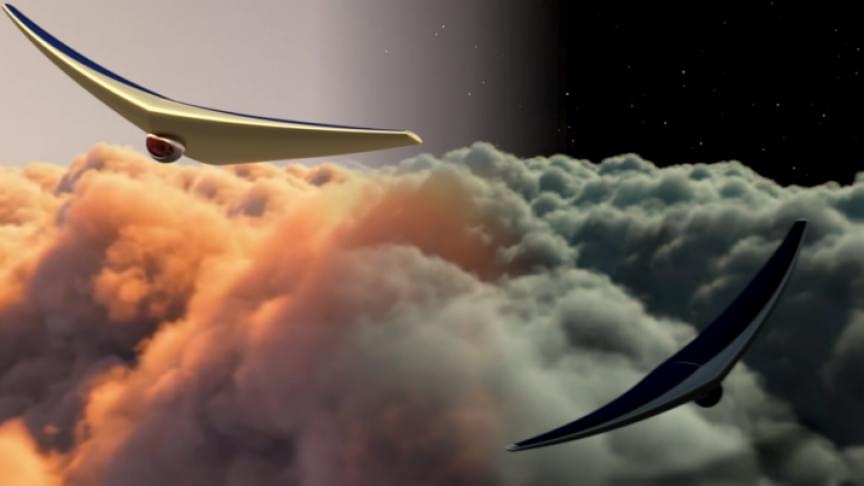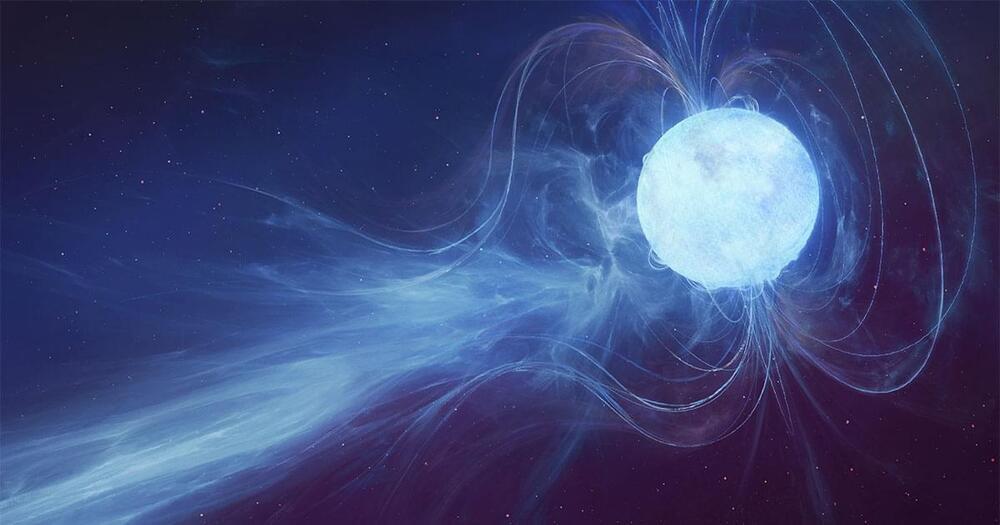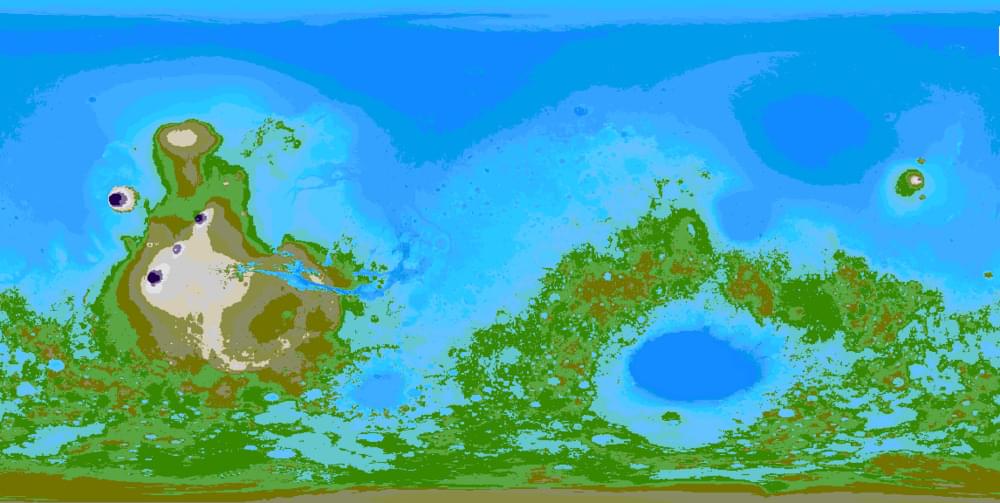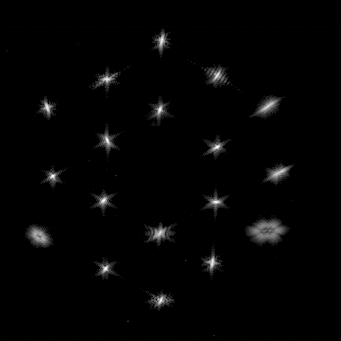Lattice confinement fusion eliminates massive magnets and powerful lasers.





Interfacing technology and electronics with the real world is often fairly tricky. Complexity and edge cases work their way in to every corner of a project like this; just ask anyone who has ever tried to operate a rover on Mars, make a hydroponics garden, or build almost any robotics project. Even those of us who simply own a consumer-grade printer are flummoxed by the ways in which they can fail when manipulating single sheets of paper. This robotic lawnmower is no exception, driving its creator [TK] to extremes to get it to mow his lawn.
[TK] actually had a platform for his autonomous mower ready to go thanks to a previous build using this solar-powered robot to explore the Australian outback. Adding another motor to handle the grass trimming seemed simple at first and he set about wiring it all up and interfacing it to the robot. After the first iteration he found the robot was moving too fast to effectively cut the grass, so he added a more powerful cutting motor and a gearbox to help the mower crawl more slowly over the lawn. Disaster struck when his 3D printed mount for the steel cutting blades shattered, but with [TK] uninjured he pushed on with more improvements.
As it stands right now, the mower can effectively cut the grass moving forward even with the plastic-only cutting blades that [TK] is using now for safety reasons. The mower stripped its reverse gear so there still are some improvements to make before this robot is autonomously cutting the lawn without supervision. Normally we see lawnmowers retrofitted with robotics rather than robotics retrofitted with a lawnmower, but we’re excited to see any approach that lets us worry about one less household chore.
The Milky Way is blowing a star-forming bubble, and we’re in the middle of it.
Think “bubbles,” and you may think “soap” or “gum.”
But not Catherine Zucker, currently a Hubble Fellow at the Space Telescope Science Institute and a former researcher with the Harvard-Smithsonian Center for Astrophysics. Zucker’s interest in bubbles is cosmic. And she and her collaborators have found new insights about a bubble in which our solar system sits.
Astronomers have long known about the 1,000-light-year-wide Local Bubble. In a new paper published Jan. 12 in Nature, Zucker and her co-authors describe it as “a cavity of low-density, high-temperature plasma surrounded by a shell of cold, neutral gas and dust.” But for years, astronomers were in the dark beyond that. The history of the Local Bubble, even its size, remained unknown.


Time crystals that persist indefinitely at room temperature could have applications in precision timekeeping.
We have all seen crystals, whether a simple grain of salt or sugar, or an elaborate and beautiful amethyst. These crystals are made of atoms or molecules repeating in a symmetrical three-dimensional pattern called a lattice, in which atoms occupy specific points in space. By forming a periodic lattice, carbon atoms in a diamond, for example, break the symmetry of the space they sit in. Physicists call this “breaking symmetry.”
Scientists have recently discovered that a similar effect can be witnessed in time. Symmetry breaking, as the name suggests, can arise only where some sort of symmetry exists. In the time domain, a cyclically changing force or energy source naturally produces a temporal pattern.


Stars are getting sharper in the James Webb Space Telescope’s field of view.
The team recently completed the third of seven planned steps to align the 18 hexagonal segments of Webb’s mirror, marking nearly the halfway point in a complex, weeks-long process.